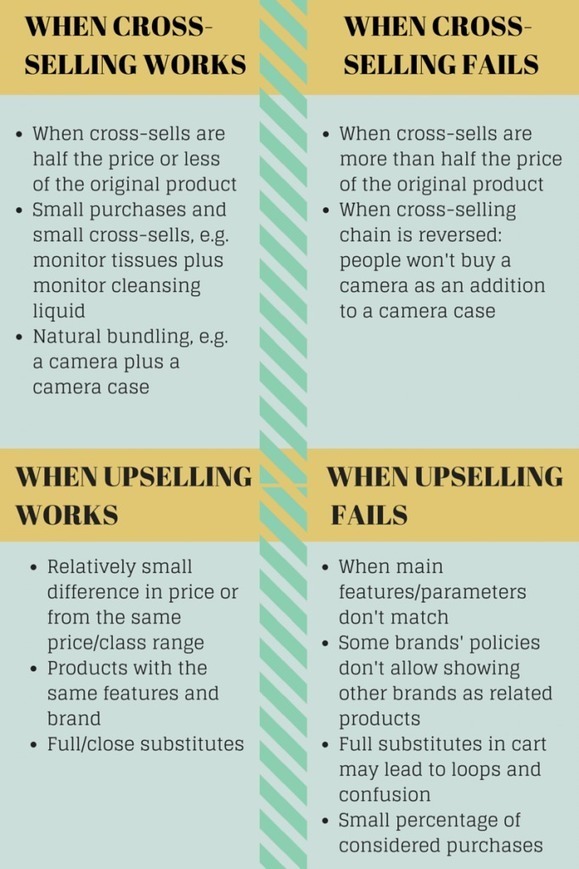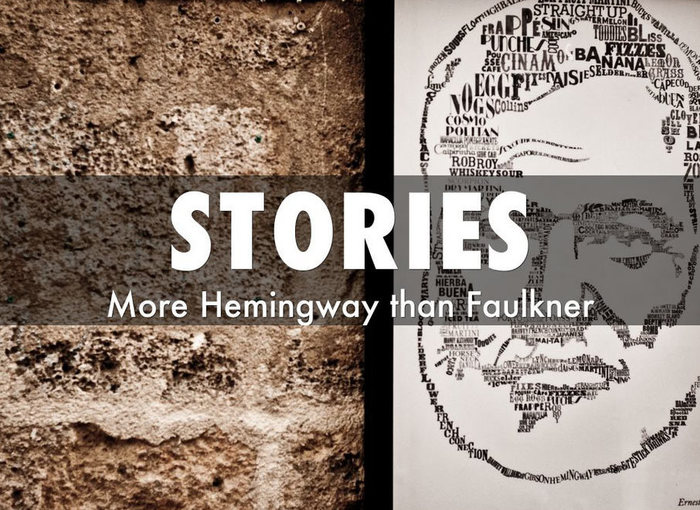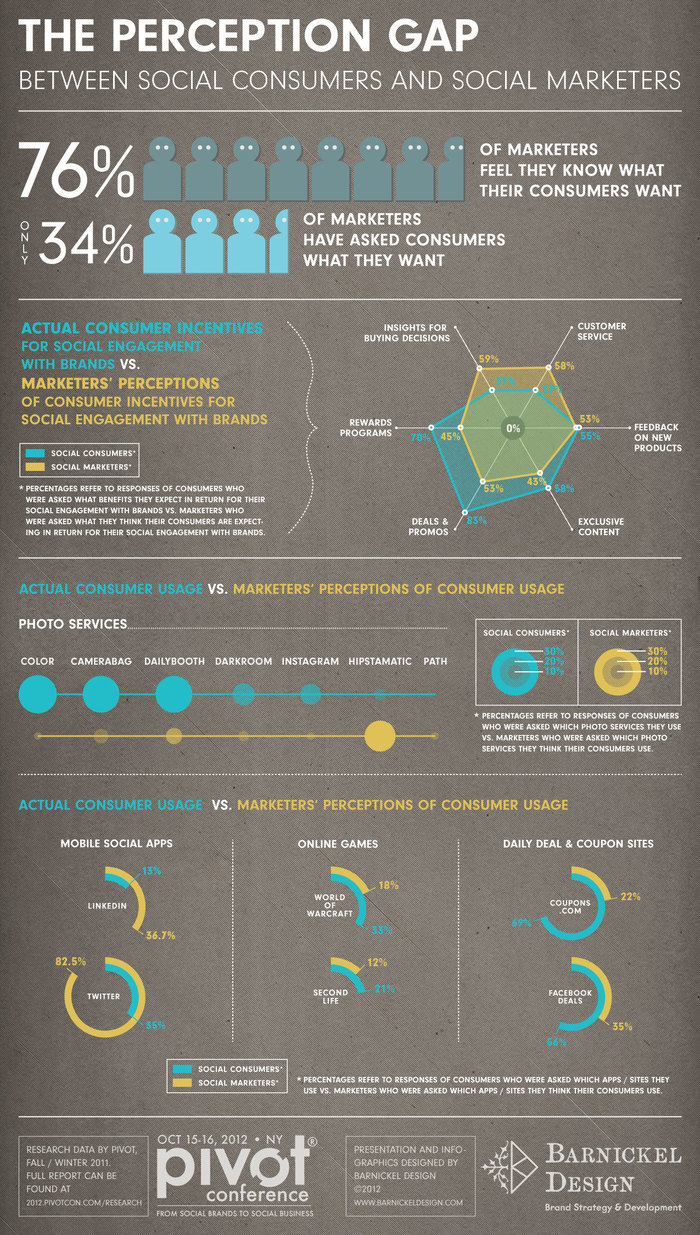Shakespeare For Everyone: Why You Should Add Ecommerce To Your Digital Marketing - Curagami

Ecommerce For Everyone
There are some web marketing lessons learned best by creating an online store such as:
- Words Matter as they lead (or don’t) to conversion.
- Design Matter as it leads (or doesn’t) to conversion.
- Money Is The Best Metric.
- Money Helps Create The Best Key Performance Indicators (KPIs).
- Money helps create a testing culture.
Creating a store is so easy, we developed Curagmai's Bookstore with Amazon's Associates tool in about half a day, everyone should have an ecommerce store these days.
As Rodney said in Back To School - Shakespeare for Everyone!
Read our Ecommerce For Everyone post:
http://www.curagami.com/magical-thinking/news/shakespeare-for-everyone-ecommerce-lessons/
& Visit the new Curagmai Bookstore
http://www.Curagami.com/books.html
Do you have an affiliate store you want to share? Email martin(at)Curagmai.com and we will create a gallery of cool stores for personal brands, companies and B2B marketing teams.















